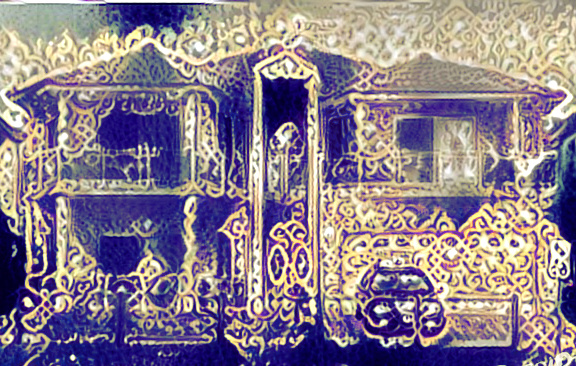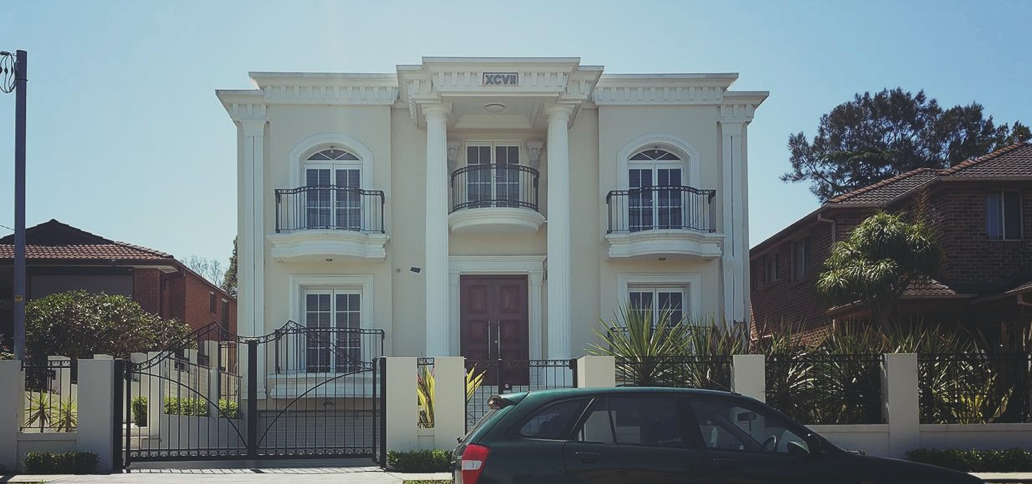
The Halal Snack Pack, for those who have somehow missed it, is a kebab store dish on the rise. From the massive online Halal Snack Pack Appreciation Society, to TV stunts between politicians, it’s not just a trending snack food but a symbol of Australian multiculturalism. It is best described as a dish containing halal-certified doner kebab meat, hot chips and the ‘holy trinity’ of sauces – chilli, garlic & barbeque.

(Senator Sam Dastyari – Photo by SBS)
The snack sensation is even set to cross over into real estate. The most Muslim dominated suburbs have also seen property prices increase by 37% nationally, smashing the national average, and ‘buy near a great Halal Snack Pack shop’ might be the best, weirdest investment advice of 2016.
We’ll focus on three Sydney suburbs that have had the best rated HSP in Australia and give a very brief overview of unique investment strategies for each one. These strategies are to give examples of the potential in these areas and are general information only. It’s important to consider your individual needs and get qualified advice before making any big decisions.
Campbelltown – Granny Flats
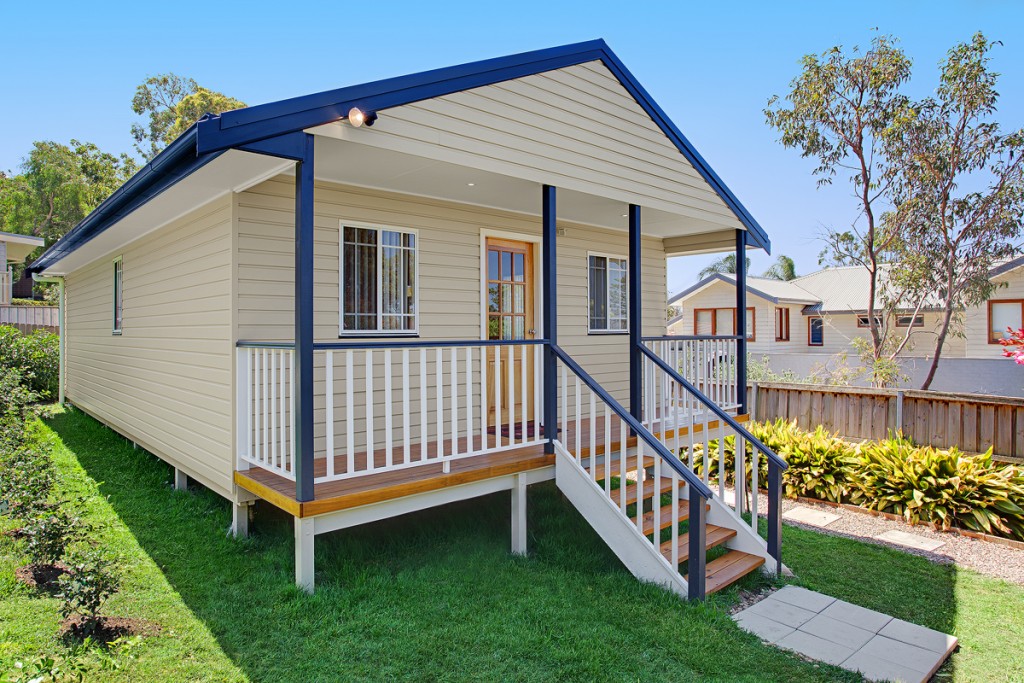
Suburb: Campbelltown
Growth: 14.1%
Best HSP: King Kebabs
Strategy: Granny Flats
Free Microburbs Report: Here
King Kebabs Campbelltown is currently Sydney’s no.1 spot for HSP. Coincidentally, Campbelltown is also a sleeping giant in terms of property investment.
Located on the southern edge of metropolitan Sydney, C-town has had 14.1% growth in the past year. The key selling point for investment is that some of the older houses with large land sizes have the potential for granny flats to be built on them. The key benefit of building granny flats is that you can secure rent from both the tenants of the original house and the new granny flat at the same time. In today’s low interest rate environment, this investment can pay itself off and in many cases be positively geared.
What makes Campbelltown attractive is that the median house price is $580,000, nearly half the Sydney median.
It is possible to buy relocatable/portable granny flats from $80,000 (plus council contribution) including installation costs. Watch out for super low priced relocatables which may leave out major installation costs plus other essentials.
If you want to build on site, average costs range from $100,000 – $120,000 which doesn’t include council contributions that vary council to council.
The maximum size for a 2 bedroom granny flat is 60sqm. Additionally, the granny flat will need to be located at least 3m from the house, 3m from the back fence and 1m from the side fences.
If you’re concerned about being able to find tenants this far from the city, our data shows Campbelltown has a family score of 8/10. This is characteristic of suburbs in outer western Sydney where many families prefer the larger availability of day-care and schools (compared to the inner-west).
Blacktown – Duplexes
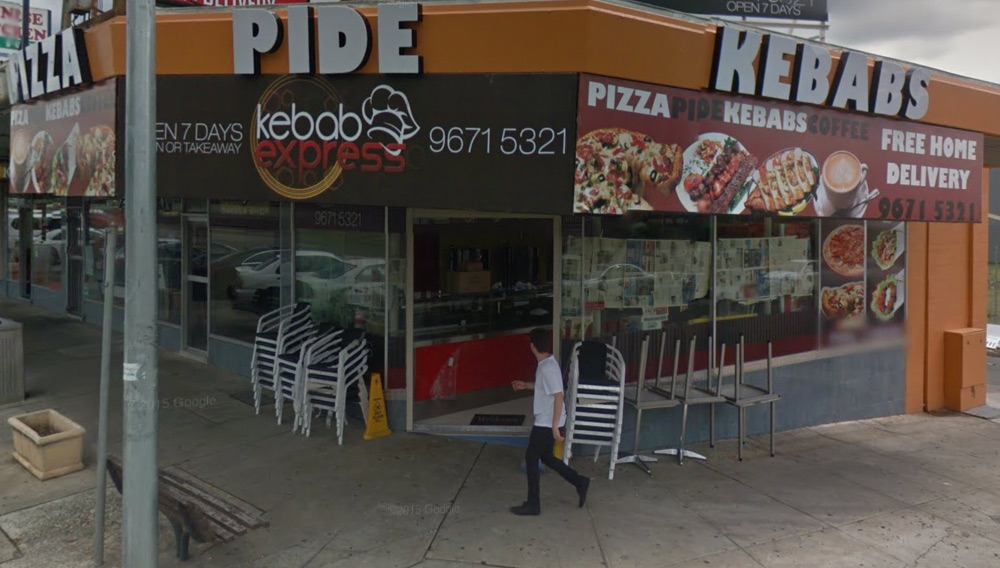
Suburb: Blacktown
Growth: 11.5%
Best HSP: Kebab Express Blacktown
Strategy: Duplexes
Free Microburbs Report: Here
Kebab Express Blacktown is another top rated HSP location, and my personal favorite. Whilst they sadly no longer offer Shisha, it is open until midnight for all your late night banter.
For investment, the southern parts of Blacktown contain many properties with large land size and small houses. These properties are often over 1000sqm. Apart from the potential for granny flats, this also opens the opportunity for building a duplex or subdiving into two lots.
Once built, a duplex can then be strata titled and sold off individually for a great return. Whilst there are plenty of risks that could come into this, this strategy has been quite popular with investors across Australia in recent years.
Another strategy is to subdivide the property into two lots, build a duplex at the back lot, sell the old house at the front lot and rent out the new houses.
Despite the myth that Western Sydney has no culture, Blacktown has a Microburbs lifestyle score of 8/10, and our comprehensive report shows why. The Westpoint shopping centre has plenty to see and do, and there’s a great diversity of restaurants, including Ethiopian, Italian, Indian, Mexican and more. The motorway junction also makes Blacktown quick to reach by road from any side of Sydney.
Kingswood- Rooming Houses
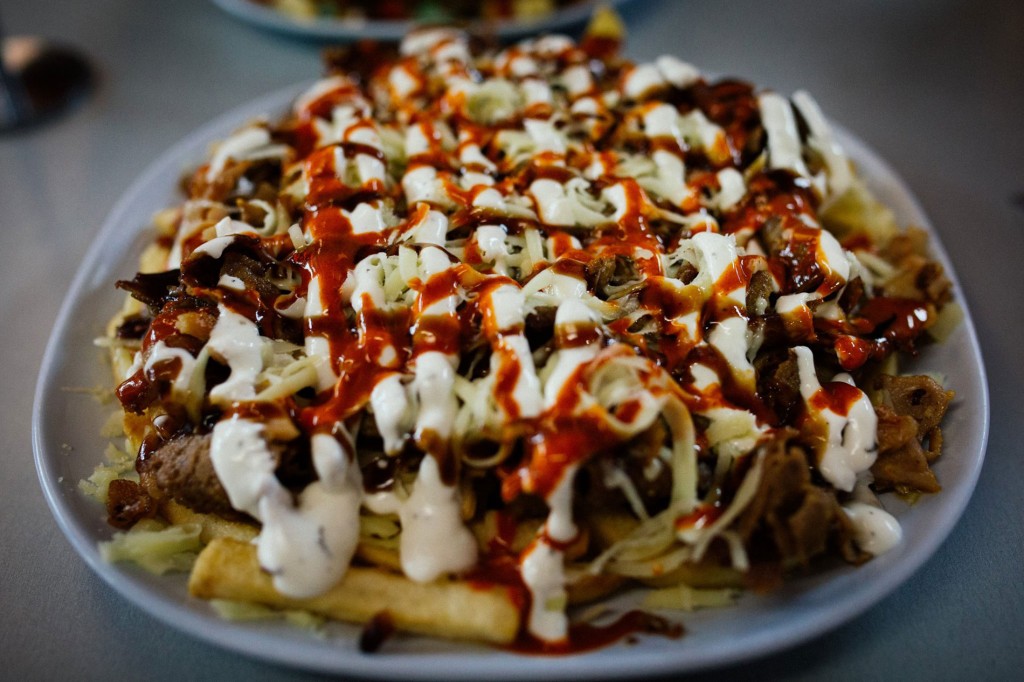
Suburb: Kingswood
Growth: 13.7%
Best HSP: Pizza Stop Kingswood
Strategy: Rooming Houses
Free Microburbs Report: Here
Located near Penrith is the well known ‘Pizza Stop Kingswood’ which consistently gets 10/10’s on the HSPAS page.
With a three bedroom median house price of 590k and growth rate of 13.7%, it is a great opportunity for first time investors in one particular strategy known as rooming houses.
Located between the large Nepean hospital in Penrith and the Western Sydney University campus, there will be large demand from tenants seeking affordable options.
Simply put, rooming houses are a type of rental set-up where in a single house, each room is rented out to separate tenants. This strategy can be applied to any house, but during your research remember to check with the following agencies to be clear on the different rules for each council:
- Local council
- Department of Fair Trading
- Residential Tenancy Act
- Department of housing NSW
A tip for investors is to find a trustworthy handyman and build a good a good relationship with them. With all your properties, you’ll need someone who can fix things reliably and give their own advice on property management from a technical perspective.
If you would like to find out more about the investor data, hip score, safety score and much more about any suburb in Australia, you can search here:
Also check out our other article about ethnic groups with the best real estate gains in Australia (spoiler: the Chinese aren’t no. 1.)
For press enquiries about this article, please call Microburbs Founder Luke Metcalfe on 0414 183 210.
